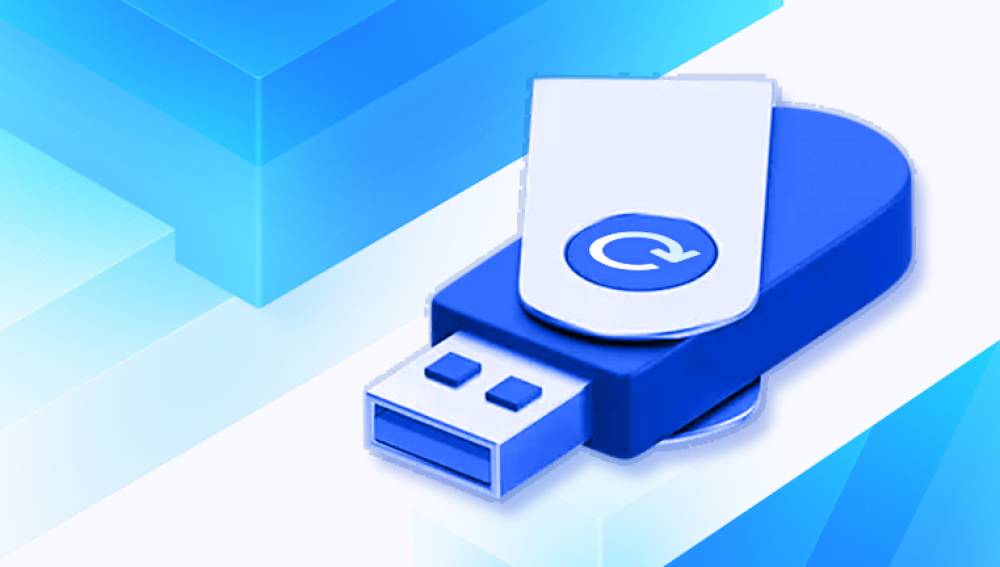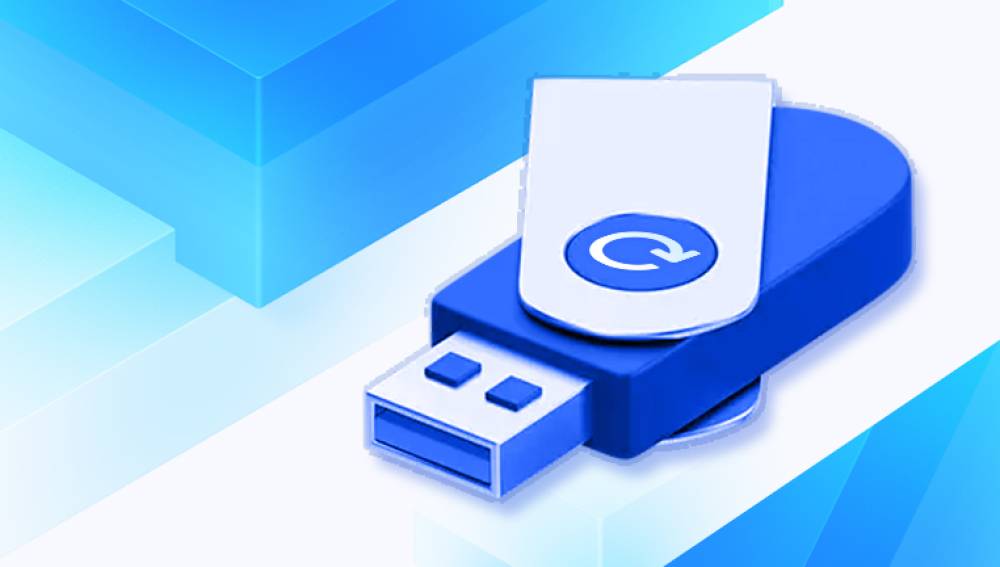Accidental deletions can be frustrating, especially when important files are lost from a USB drive. Whether it's a cherished photo, an important document, or critical project files, losing data can lead to stress and anxiety. Fortunately, retrieving deleted files from a USB drive is often possible, thanks to various recovery methods and tools available today.
Before diving into recovery methods, it’s essential to understand how data is stored on a USB drive. USB drives, also known as flash drives, use flash memory to store data. When you delete a file, it’s not immediately erased; instead, the space it occupies is marked as available for new data. Until that space is overwritten, the deleted file can often be recovered.
Types of Deletion
Normal Deletion: When you delete a file from your USB drive (e.g., using the Delete key), it moves to the Recycle Bin (if using Windows) and can be easily restored.

Permanent Deletion: Using Shift + Delete or emptying the Recycle Bin leads to permanent deletion, but the data remains on the drive until overwritten.
Formatting: Formatting a USB drive removes the file system structure, making recovery more complex, but not impossible.
Methods for File Recovery
Method 1: Check the Recycle Bin
If you’ve recently deleted a file, check your computer’s Recycle Bin first. If the USB drive was connected when the file was deleted, it might have been sent there.
Steps:
Open the Recycle Bin on your desktop.
Search for your deleted files.
Right-click on the file and select "Restore."
Method 2: Use File History (Windows)
If you have File History enabled on your Windows machine, you can recover deleted files directly from your USB drive.
Steps:
Connect your USB drive.
Open File Explorer and navigate to the USB drive.
Click on the "Home" tab and select "History."
Browse the backup versions and restore the needed files.
Method 3: Data Recovery Software
Drecov Data Recovery is an intuitive software designed to recover lost or deleted files from various storage devices, including USB drives, external hard drives, and memory cards. With its user-friendly interface, it caters to both beginners and experienced users, making the data recovery process straightforward and efficient.
One of the key features of Drecov Data Recovery is its robust scanning capability. It offers both quick and deep scan options, allowing users to recover files that may have been permanently deleted or lost due to formatting. The deep scan feature thoroughly searches the storage device, ensuring that even the most elusive files can be found and restored.
The software supports a wide array of file types, including documents, photos, videos, and more, making it versatile for various recovery needs. Additionally, Drecov Data Recovery allows users to preview recoverable files before proceeding with the restoration, ensuring that only the necessary files are retrieved, which saves time and storage space.
Safety is a top priority for Drecov Data Recovery. The software is designed to minimize the risk of further data loss during the recovery process, providing users with peace of mind as they work to retrieve their files.
Method 4: Using Command Prompt (Windows)
If you prefer a manual approach, you can use the Command Prompt to attempt recovery.
Steps:
Connect your USB drive.
Open Command Prompt (type cmd in the Windows search bar).
Type chkdsk X: /f (replace "X" with your USB drive letter) and press Enter.
Follow the prompts to check and fix file system errors.
Method 5: Professional Data Recovery Services
If the above methods fail, consider contacting a professional data recovery service. These experts have advanced tools and techniques for recovering lost data from damaged or corrupted drives.
When to Consider Professional Services
Extensive data loss.
Physical damage to the USB drive.
Critical data that must be recovered.
Preventative Measures
To minimize future data loss, consider the following best practices:
Regular Backups: Always keep backups of important files in multiple locations (cloud storage, external hard drives).
Use Reliable Software: Invest in reliable antivirus and anti-malware software to protect against threats that can corrupt data.
Safely Eject USB Drives: Always use the “Eject” option before removing your USB drive to prevent data corruption.
Monitor Drive Health: Keep an eye on the performance of your USB drive. If it starts behaving erratically, consider backing up data and replacing it.




